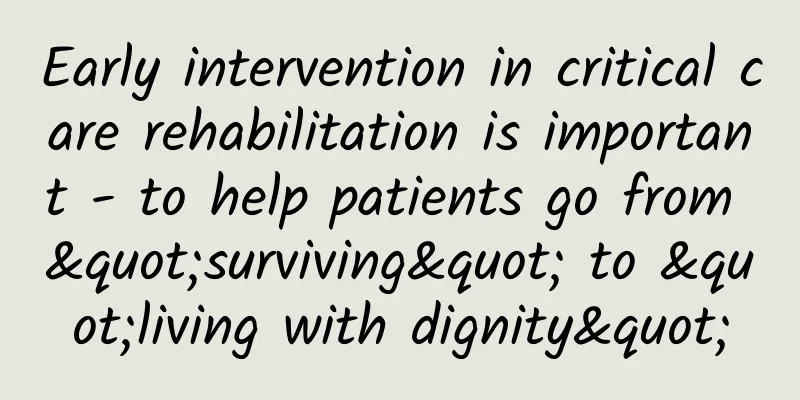Back pain after painless injection

|
Pregnancy and childbirth is a critical moment that every woman must experience. After ten months of pregnancy, the baby is about to be born, and it is always very exciting. However, childbirth is a very painful thing for pregnant women. It is obviously very painful for a baby weighing several kilograms to come out of the vagina, so the love of a mother is outstanding. However, some women choose to take an epidural injection to reduce the pain because they are afraid of excessive pain. So where is the painless delivery injection given? What are the advantages or disadvantages? What is the reason for lower back pain after the painless delivery injection? Below we will briefly introduce the relevant professional knowledge. Does the painless delivery injection have any harm to the baby? During the labor analgesia process, only a small amount of anesthetic will reach the fetal blood through the embryo. In fact, it does not have a significant impact on the health of the fetus. You can safely use the painless delivery needle, but it is best to endure the pain if you can. With the continuous development of medical research, the anesthetics used in hospitals today are the safest drugs for the fetus, and the amount of anesthetics used for labor analgesia is much less than that used in surgeries such as cesarean section. This type of pain relief method has been relatively complete, and pregnant women do not need to worry too much in these aspects. What is the reason for back pain after painless injection? Understanding and some misconceptions about painless injection delivery for pregnant women 1. Some people say that pregnant women will have back pain after labor analgesia. This statement is completely incorrect. The concentration of the painless injection is extremely low and will not cause back pain. Regarding the causes of low back pain: one is that the anesthesiologist injures the cruciate ligament during the injection; the other is that postpartum low back pain is accompanied by headaches, which is caused by the nerve stimulating effect of the medicine. 2. Labor analgesia does not mean that there will be no pain at all. It just reduces some pain compared to natural delivery, allowing pregnant women to give birth to their babies more comfortably. 3. Labor analgesia has little effect on the baby. Although the medicine can be absorbed through the placental barrier, the amount absorbed layer by layer and reaching the baby is relatively small. Secondly, the medicine can be metabolized by the fetus. 4. Groups that are not suitable for labor analgesia include those with low blood coagulation, history of lumbar injury, history of lumbar anesthesia, etc. You should actively communicate with your doctor before giving birth so that he can make the best judgment. |
<<: Why does lower back pain occur after cesarean section?
>>: The mother's feces are in the anus and can't be pulled out
Recommend
Menstruation can "speak", and women must understand
Menstruation is a barometer of a woman's heal...
Why do the leaves of cyclamen turn yellow? How to deal with the yellowing and withering of cyclamen leaves
Cyclamen is a common flower in life. Because of i...
Diagram of uterine cold excrement
Female friends always have gynecological diseases...
Is it a custom to eat glutinous rice balls during the Lantern Festival? What is the origin and meaning of glutinous rice balls?
The round shape of glutinous rice balls reminds p...
Girls' yellow vaginal discharge during puberty
Yellow leucorrhea is a common disease among women...
How long will the menstruation be delayed due to acclimatization?
Delayed menstruation is a common menstrual disord...
How to treat hemorrhoids after childbirth
Some expectant mothers often suffer from hemorrho...
What is the cause of acute endometritis?
Due to their special physiological structure, wom...
What should I do if my calf muscles ache during confinement?
Many women will experience many adverse reactions...
Urinary incontinence in girls
Girls are generally very healthy, and only a few ...
Does ovulation bleeding occur before or after ovulation?
Pregnancy is a very important thing for women. It...
Symptoms of ruptured membrane on the second day
In ancient Chinese feudal dynasties, due to the i...
Treatment for severe vomiting in pregnant women
In our lives, pregnant women may often vomit seve...
Normal urine routine test for pregnant women
Every pregnant mother is worried and terrified du...
Is repeated infection of mycoplasma in children caused by low immunity?
Are children who are repeatedly infected with myc...









